Teetering on the brink of failure after spending more than $200M of investor cash on his impossible dream, Clean Line Energy Partners CEO Michael Skelly now suggests that the federal government bail out his investors.
The Trump administration could help by pushing for an infrastructure package that would see the government “buying down a portion of the capacity” on big transmission projects so they can enter construction more quickly, or perhaps through an investment tax credit, Skelly suggests.
“All the ideas come down to a temporary underwriting of the project so you can get these things over the top, or some sort of tax mechanism.”
Plains & Eastern is “pretty much fully developed at this point”, Skelly says. “We’re now in the commercialisation phase, matching chippers – that is wind developers – with utilities in the southeast.”
Skelly's other taxpayer bailout idea is federal investment tax credits. This would give a direct tax credit to project investors, which they could use as cash to pay down their own corporate tax debt. Let's see... ultra rich 1% Democrats who invested in a renewable energy scheme supported by a Democratic White House want the current Congress to bail them out with tax credits.
Where does the federal government get its money? Out of your pocket. Every.last.dollar. There's no such thing as "free" government money.
So Clean Line has been posturing to the Trump Administration for months now, suggesting it is a prime candidate for the President's great, great Infrastructure Plan. Trump has posited that private investors can belly up to the bar and fund billions in new infrastructure projects in exchange for ownership that creates a revenue stream, or tax credits that allow publicly-owned projects to be built.
Once certain that his transmission projects would be marketable under a Democratic administration, Skelly now fantasizes about a Republican-led taxpayer bailout to prop up his failing company.
“It’s still a bit early to tell exactly what the administration will do to stimulate more infrastructure investment,” Skelly says. “But in terms of the things they’re talking about, with private-sector-led projects, it forms a pretty nice Venn diagram with transmission.”
The idea that our current Congress will pour buckets of taxpayer dollars into a wind energy transmission project that has no customers in order to bail it out of its current financial crisis is insane.
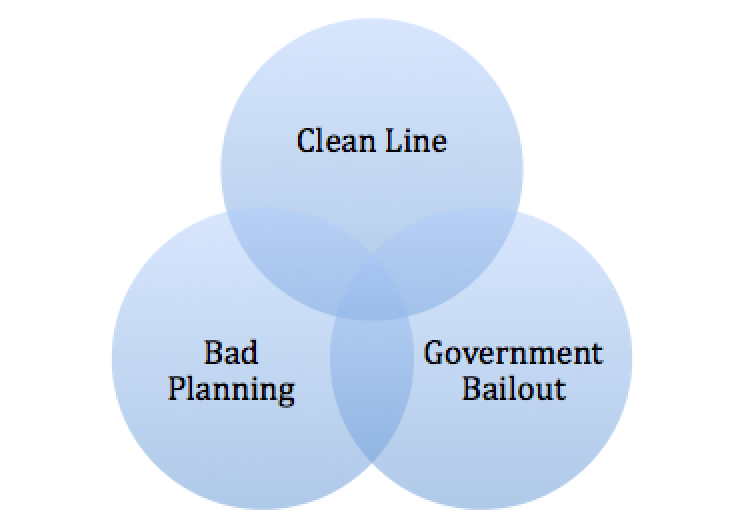
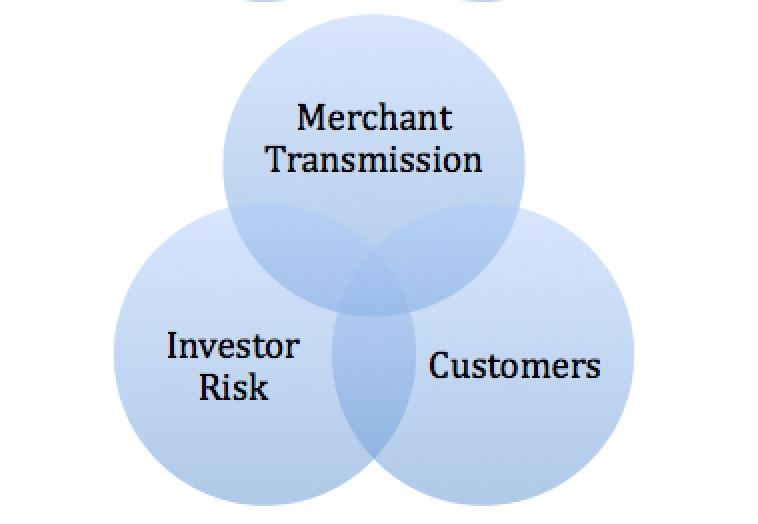
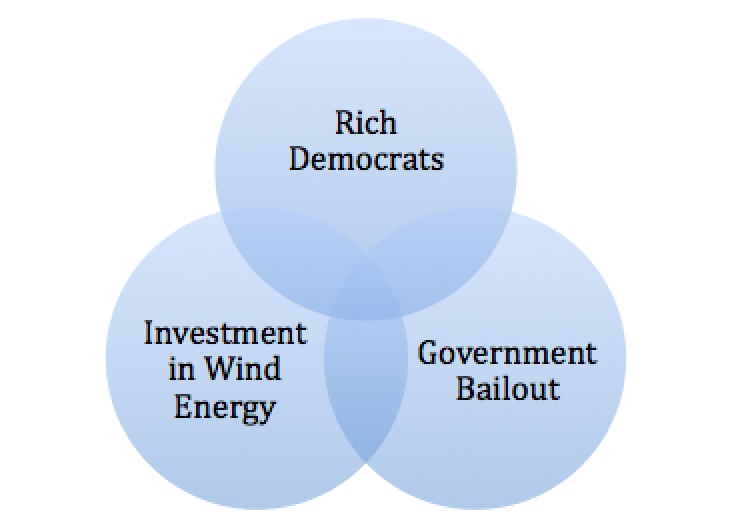
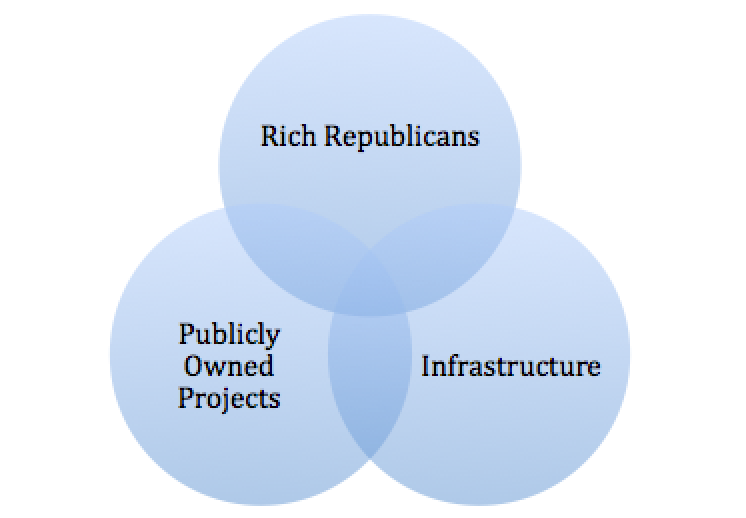
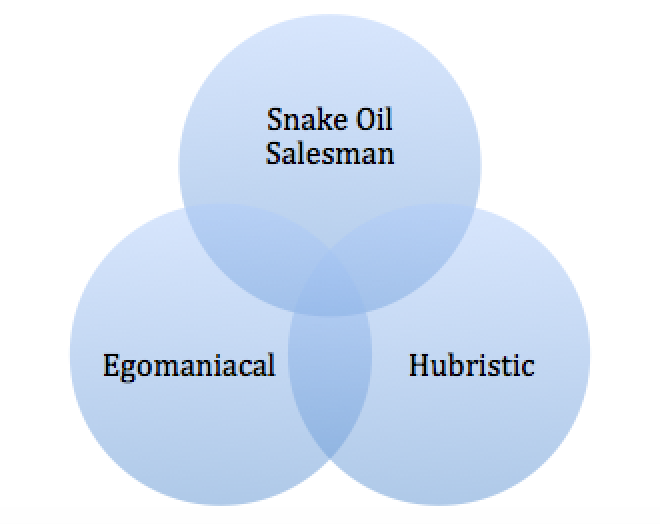
 RSS Feed
RSS Feed